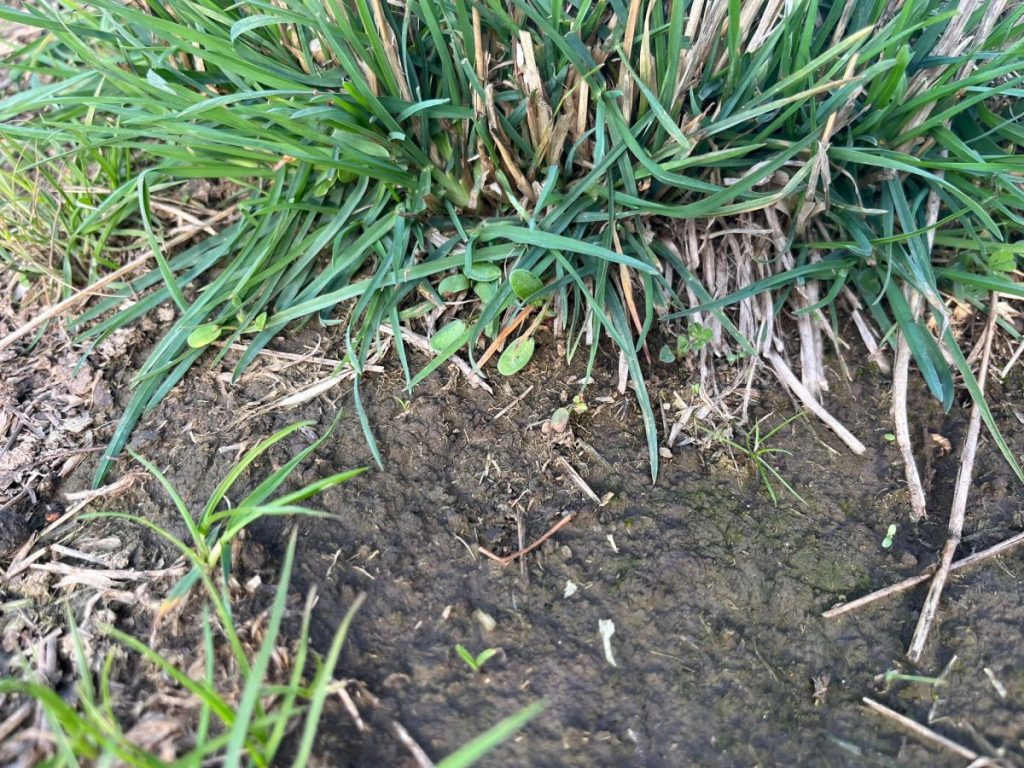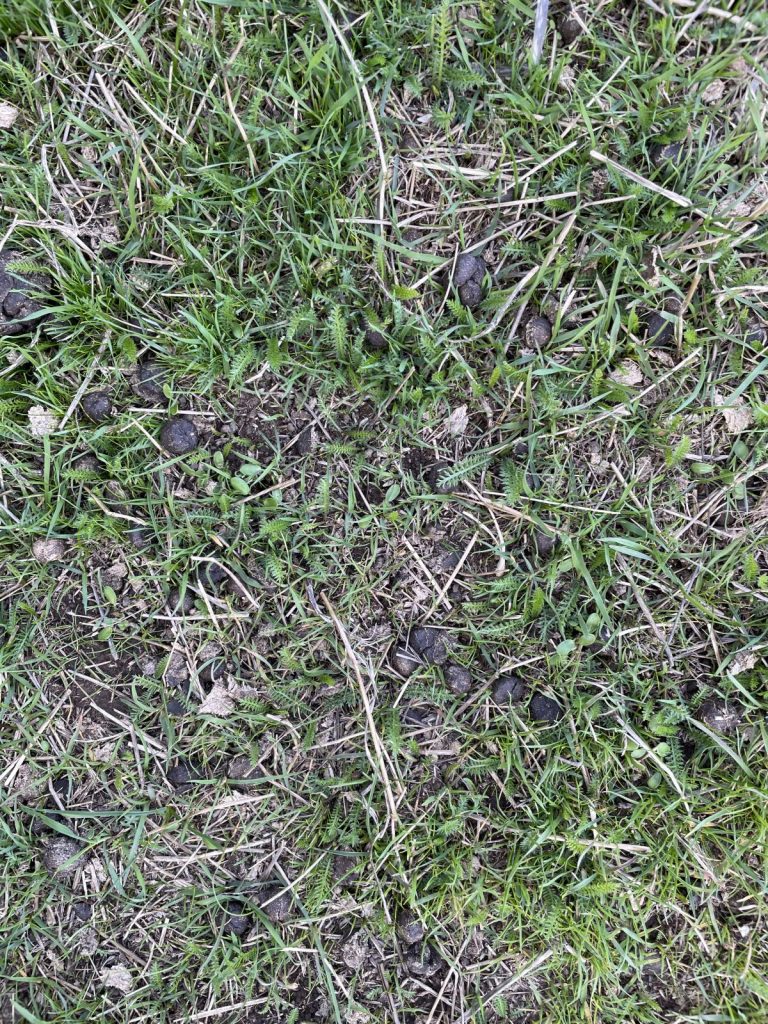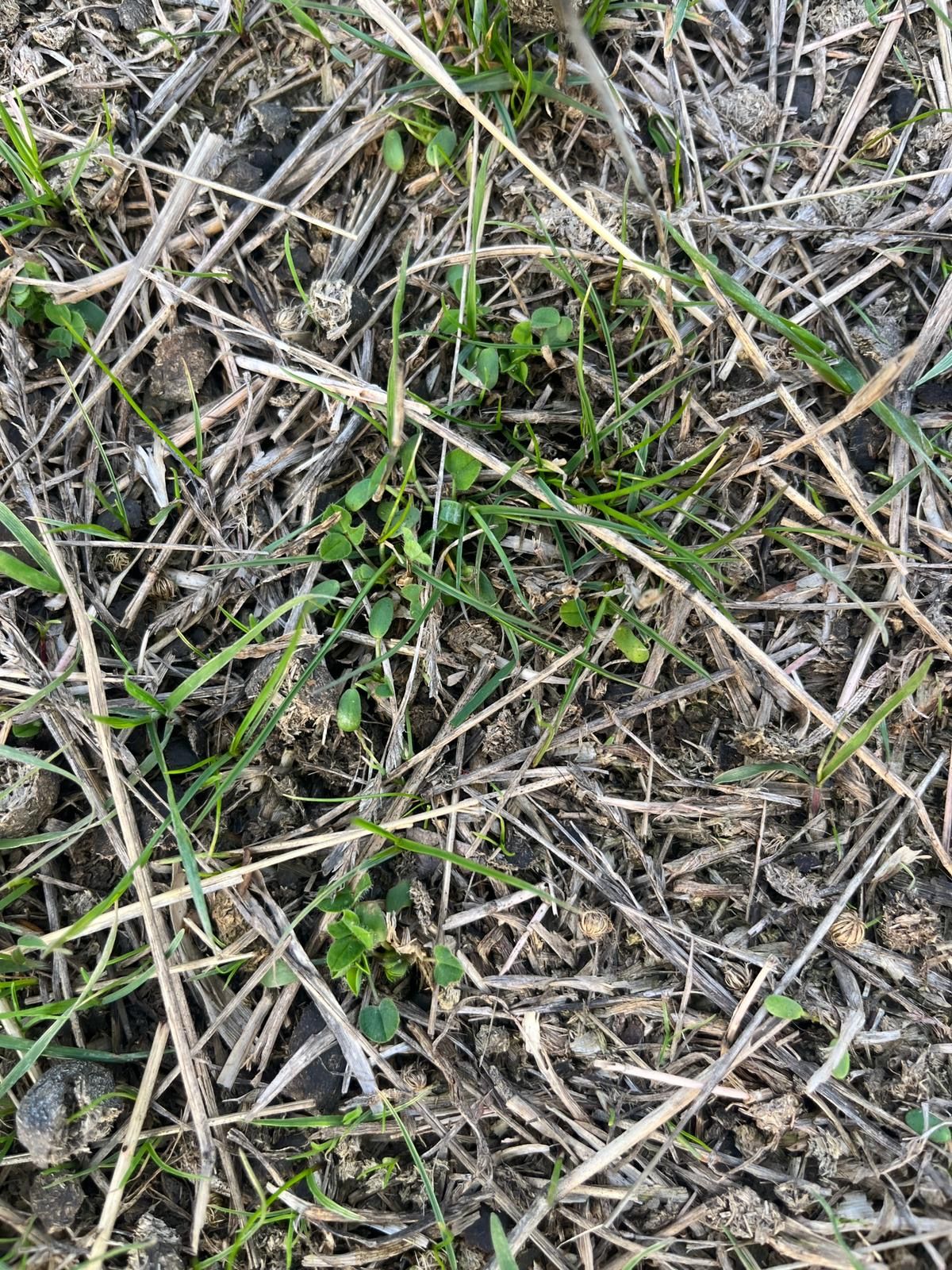Prof Moot visited sheep and beef properties in Nth Canterbury on Tuesday. Questions focused on how to deal with the lack of feed. The options are largely unpalatable. However, there is a need to be proactive to ensure there is feed for spring lambs due to the mismatch between feed supply and feed demand. This will become worse and unsustainable at lambing. The main issue is the lack of supply – the lack of rain has reduced the supply of autumn grown pasture and winter forage crops so will affect pasture cover at lambing.
The reality check…
Supply side
- The cover you have now will only increase by about 300 kg DM/ha over the next month – assuming 30 days and 10 kg DM/ha/d – so not much more feed will grow before lambing begins.
- To maximise growth in July and August farmers need to keep feeding out and stay off pastures as long as possible so they can close their canopy and maximise light interception (grow more feed). This is why dairy farms are de-stocked at this time of year – so they can increase cover for calving.
- The cover on most farms was 500-800 kg DM/ha – sub clover was just emerging and so lactation feed will be short in 4-5 weeks time. Those sub clover plants will only produce a leaf about every week during July – so they won’t produce as much feed as usual until October.

- Lucerne should have been winter grazed by now and spraying either done or about to be. It will then start growing taller about second week of September. If you keep grazing it now you will set it back a month or more.
- Nitrogen is unlikely to give a boost of production because it is too cold and actually not in short supply – with low pasture cover and dry soils nitrate is available from the soil. N could be applied to paddock in August if visible urine patches suggest a deficiency – but most of the pastures look dark green with plenty of N at the moment.
- Measure how much winter feed you actually have – don’t guess. I was told that there has been about 120 mm of rainfall for the year. At best this will have produced 2400 kg DM/ha. Winter crops (e.g. fodder beet sown in spring (November)) may be 3-4 t/ha because of November and December rainfall – but crops are likely to yield less than you think – measure them so you can allocate stock appropriately to meet feed demand over the next month.
- Cereals (oats or barley) sown at the same time as Italian ryegrass in autumn will have more feed available because the larger leaves have captured more light – but these crops are still lower yielding than normal. Measure them so you can do a feed budget and realistically work out how many animals you can maintain through lambing.

Demand side
- From three weeks before lambing ewes should be offered an allowance of 2.0 to 4.0 kg DM/ewe/day and post grazing residuals raised to 1000–1100 kg DM/ha. Prof Moot did not see any pastures that had cover anywhere close to this at the moment so this is not going to be achieved with only ~300 kg DM/ha to be added in July. Therefore, we need to reduce the feed demand.
- Sell any in lamb light ewes if that option exists. These animals have the highest risk of not rearing a lamb. A light ewe that has eaten feed up til now but has insufficient body reserves and a lack of quality pasture in front of her in spring is most likely to fail to rear her lamb – and die herself. She will become an expensive total loss whereas sold now she is still an asset … and helps reduce demand allowing other heavier ewes to raise their lambs successfully.
- There needs to be a hierarchy of feeding. As unpalatable as it maybe it will be worse for all ewes if you cannot feed them in August so:
- Poor condition multiple bearing ewes (should be sold but if not) need priority feed to give them the greatest chance of successfully rearing their lambs, followed by the remainder of first cycle multiple ewes.
- Then poor condition second cycle multiple ewes, single bearing first cycle ewes and finally single bearing late cycle ewes – these have the most capacity to buffer.
The rainfall over the last couple of weeks can give a false sense of security – it is too late to increase pasture supply for lambing – the main limitation to growth in July is temperature – so increasing pasture supply is going to be much more difficult than reducing animal demand – which you can do actively now – or it will happen naturally through wastage in spring. Hope is not a strategy that will get you through this difficult season.
